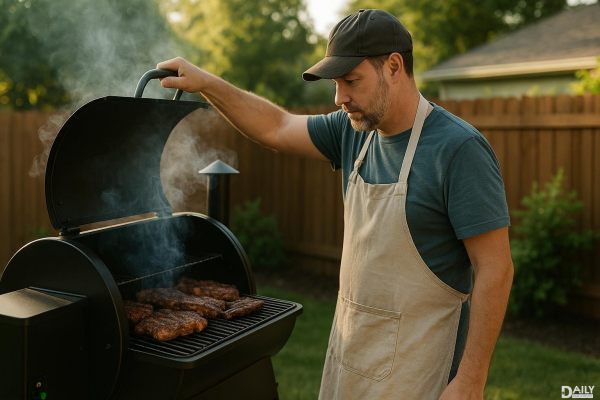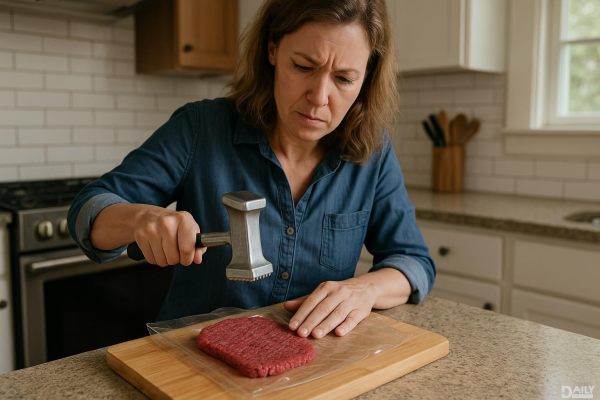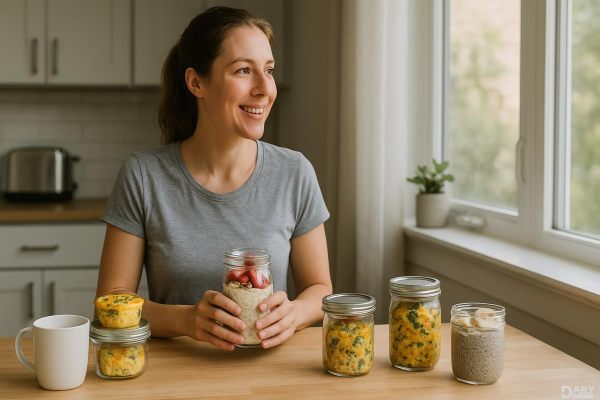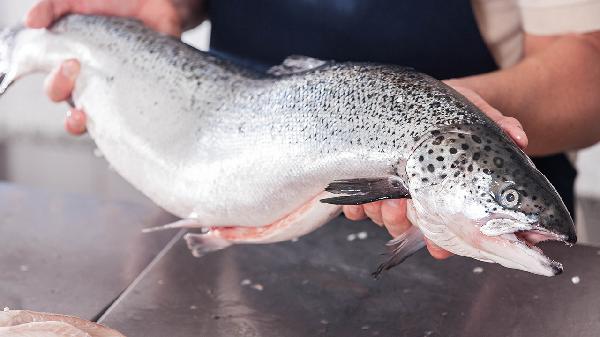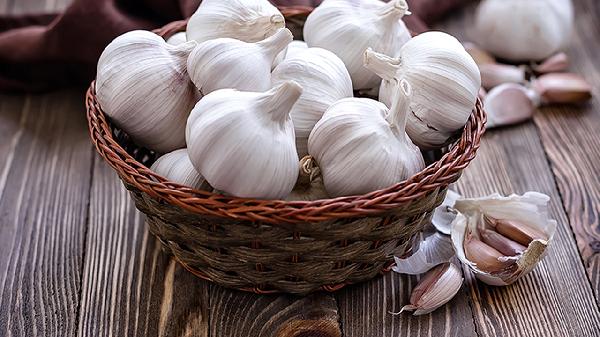Dry aging is the process of letting beef hang out in a controlled environment for weeks—sometimes even months—to develop deeper, more complex flavors. Think of it like marinating, but instead of soaking in sauce, the steak is slowly transforming from the inside out. The result? A richer, more intense beefy taste with a buttery texture that melts in your mouth. It’s the difference between a basic burger and a gourmet experience—worth every extra penny.
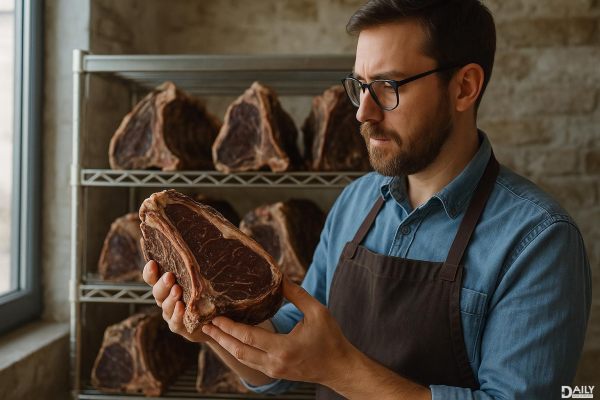
When beef dry-ages, two major things happen: moisture loss and enzyme action. As water evaporates from the meat (shrinking it by up to 30%), the flavors concentrate—like reducing a sauce to its most potent form. Meanwhile, natural enzymes break down tough muscle fibers and connective tissue, tenderizing the steak without any mechanical intervention. But the real magic? The development of umami-rich compounds like glutamate and inosinate, which give dry-aged beef its signature savory depth. It’s basically nature’s version of MSG, but without the sketchy reputation.
That white-ish crust you see on dry-aged cuts? It’s not for the faint of heart. During aging, beneficial molds and yeasts form on the surface, creating a natural barrier that locks in moisture while contributing funky, almost cheesy notes. Butchers trim this layer off before serving (don’t worry, you’re not eating fuzzy steak), but its influence lingers in the meat’s bold personality. Some high-end steakhouses age their beef for 100+ days, resulting in a blue-cheese-like intensity that divides steak purists—you’ll either crave it or call it overkill.
Attempting DIY dry aging with a grocery store ribeye is a recipe for disappointment (or food poisoning). Professional setups maintain precise conditions: 34-38°F temperatures, 75-85% humidity, and constant airflow to prevent spoilage. Your home fridge fluctuates too much, lacks proper air circulation, and shares space with leftovers that could contaminate the meat. Specialty steak houses use climate-controlled aging rooms with UV lighting to inhibit bad bacteria—your Samsung fridge’s “meat drawer” ain’t the same.
Yes, dry-aged steaks cost significantly more—sometimes double or triple the price of fresh cuts. But consider the math: 30% moisture loss means you’re paying for shrinkage, plus weeks of monitored storage space and skilled butcher labor. The flavor payoff justifies the splurge for special occasions, though everyday steak lovers might prefer wet-aged (vacuum-sealed) alternatives that offer milder improvements at lower cost. Pro tip: Look for 28-45 day aged steaks as the sweet spot between value and intensity.
At its core, dry aging is culinary time travel—a deliberate slowdown in our fast-food world that rewards patience with unparalleled taste. Whether you’re a ribeye rookie or a seasoned carnivore, that first bite of properly aged beef delivers a primal “aha” moment no sauce can replicate. Just don’t blame us when regular steaks start tasting disappointingly one-dimensional afterward.
